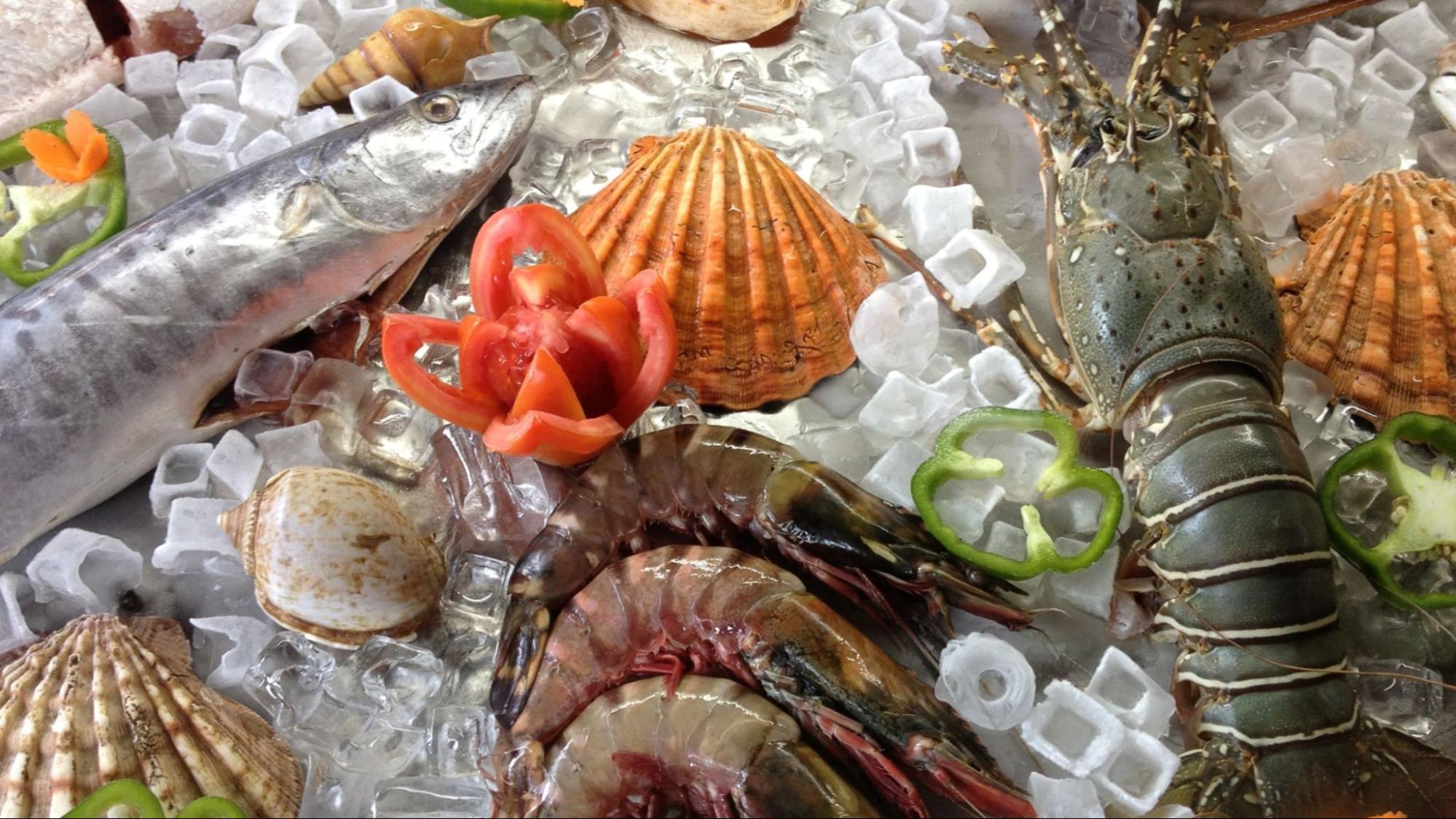
Looking Into the Difference Between Sparkling and Still Water
Hydration is a crucial part of human life. According to the U.S. National Academies of
Get Prepared for Easter with Fresh Farms | Now Available Baby Lambs
(Please Ask Our Meat Department For Assistance. Available at all stores except for Devon Ave)

When it comes to fresh seafood, the way it is stored can greatly determine the texture and flavor of the seafood you’re preparing. For seafood enthusiasts, proper seafood storage is key to getting the most out of your seafood purchases from Fresh Farms Grocery in Chicago. Knowing which seafood requires careful attention and how to properly store it can help you enjoy all the flavors of your seafood purchase for longer. Here are some essential tips for storing seafood to ensure you’re getting the most out of your seafood purchases.
When shopping for seafood, it is important to think about the type of seafood you are purchasing and how long you plan on keeping it. Storing fresh seafood is possible with the right preparation.
Storing seafood properly is essential to ensure the seafood retains its freshness and flavor. Knowing which seafood needs special attention and how to properly store it will help you get the most out of your seafood purchases from Fresh Farms. By following these tips, you can properly store seafood and create delicious seafood dishes with every purchase.

Hydration is a crucial part of human life. According to the U.S. National Academies of

The quality of your meals and drinks can vary based on the ingredients you use.

If you’re looking to celebrate national french fry day, you might want to take it

You won’t always find the stuff you need for sushi when you head to the

Sourcing ingredients for international cuisine can be challenging, especially if you want to make it
Eat well.
Save time.
Live better.